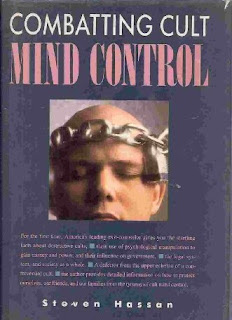Communication Styles and You
When we want to communicate with others what are we trying to do? We want people to listen to us, agree with us, or do something. It can be challenging. What is clear and important to us our listeners often don’t understand or care about. Why is this? Different people care about different things.
The first principle of good communication is understanding what your listener cares about. Then you can tailor your communication to them by choosing the appropriate communication style. Communication styles can be broken down to four types:
· The Direct Style or the no non-sense style.
· The Initiating Style or let’s be friends style.
· The Analytical Style or the let’s be logical style.
· The Supportive Style or the let’s be allies style.
Each style appeals to a certain motivation in your listener. The direct communication style works best with action oriented people, people who like to get things done. When you talk about meeting a goal you have their attention. Once, while on the job, my supervisor gave me a project. I needed to get more information from him. When I spoke to him I said “This project is well on its way to being is being finished. I just need that some data from you and it will it DONE.” He liked that.
The initiating communication style works best with gregarious people. They will be attentive if they can see an opportunity to enjoy the company of other people. At work I was given a project to work on with a colleague. She loved to talk and while away the time. I said to her “Let’s get project done early so we can have time to chat.” She like that idea.
The analytical communication style works best with cerebral people. If what you are saying engages their mind they will be interested. At a staff meeting a colleague said, “First we must get all facts before we can even begin to think about this problem.” That would have brought the meeting to a dead stop. I said to him: “Let’s talk about what we already know. Then we can concentrate on what we need to find out.” I was keeping things in mental mode and he liked that. And I was able to keep the meeting moving forward.
My favorite communication style is the supportive style. With this style you impress on your listener that you are their ally, that you are on their side. At my job I supervised high school student workers. Most were conscientious and needed little supervision. That was until I was asked to supervised Andrea. She was the most contrary student I had ever seen. When I gave her a task she resented it. At one point she refused to do something I asked. I had to call in another supervisor to get her to comply. She was a real problem.
How could I get her to hear that she was at work and needed to work? I decided to use the Supportive communication style. I set up a conference with her. I said, “Andrea, this is your first job. It will be the first one on your resume when you apply for future jobs so it is important.” “I really want to see you succeed in your future career and I would honestly like to give you a good recommendation, but I need your help do that.” I think that she got the message that I really was on her side and after that she did her tasks as assigned.
In summary: How can we be more flexible with our communication choices? First we can remember that each listener has specific things that they care about. Second we can remember the four communication styles we can choose from to address those concerns: Direct, Initiating, Analytical, and Supportive Third we can use our judgement and pick the appropriate communication style to address what our listeners care about, even if that style is not our favorite.We all have our own favorite motivations. This makes us favor one type of communication style. But one style doesn’t work in all situations. We need to able to switch styles as needed. Switching out of your favorite style can feel really strange and hard to do. But it is worth working at developing this skill because we are in the strongest position when we can evaluate a situation and pick the best communication style to get the results we want.



Comments
Post a Comment